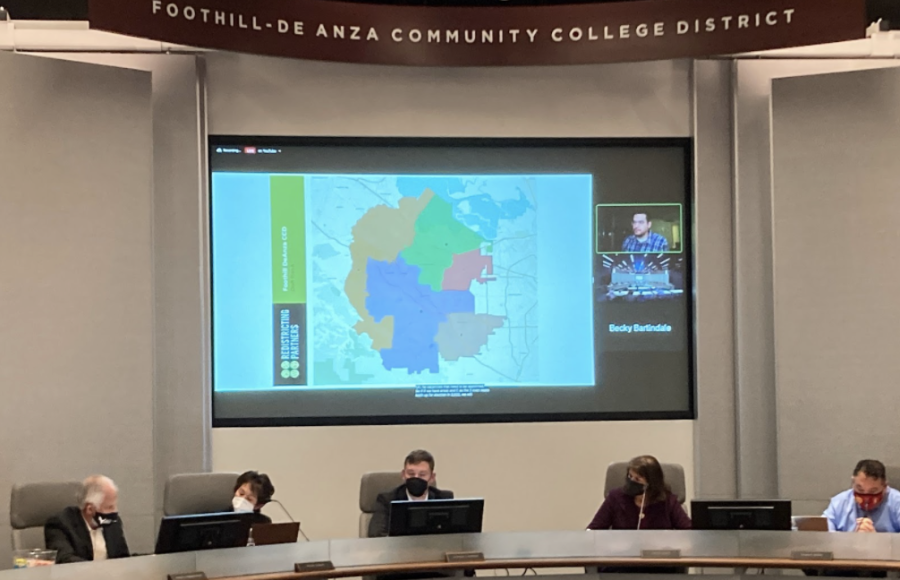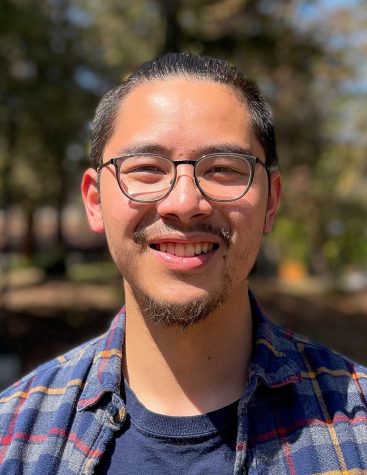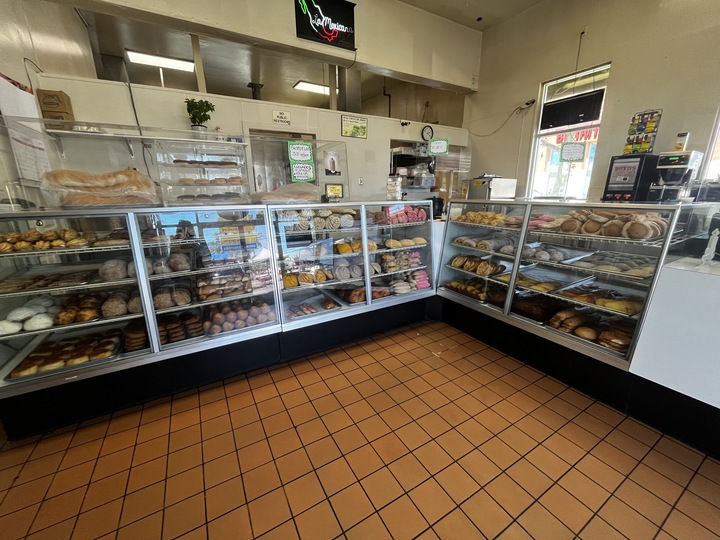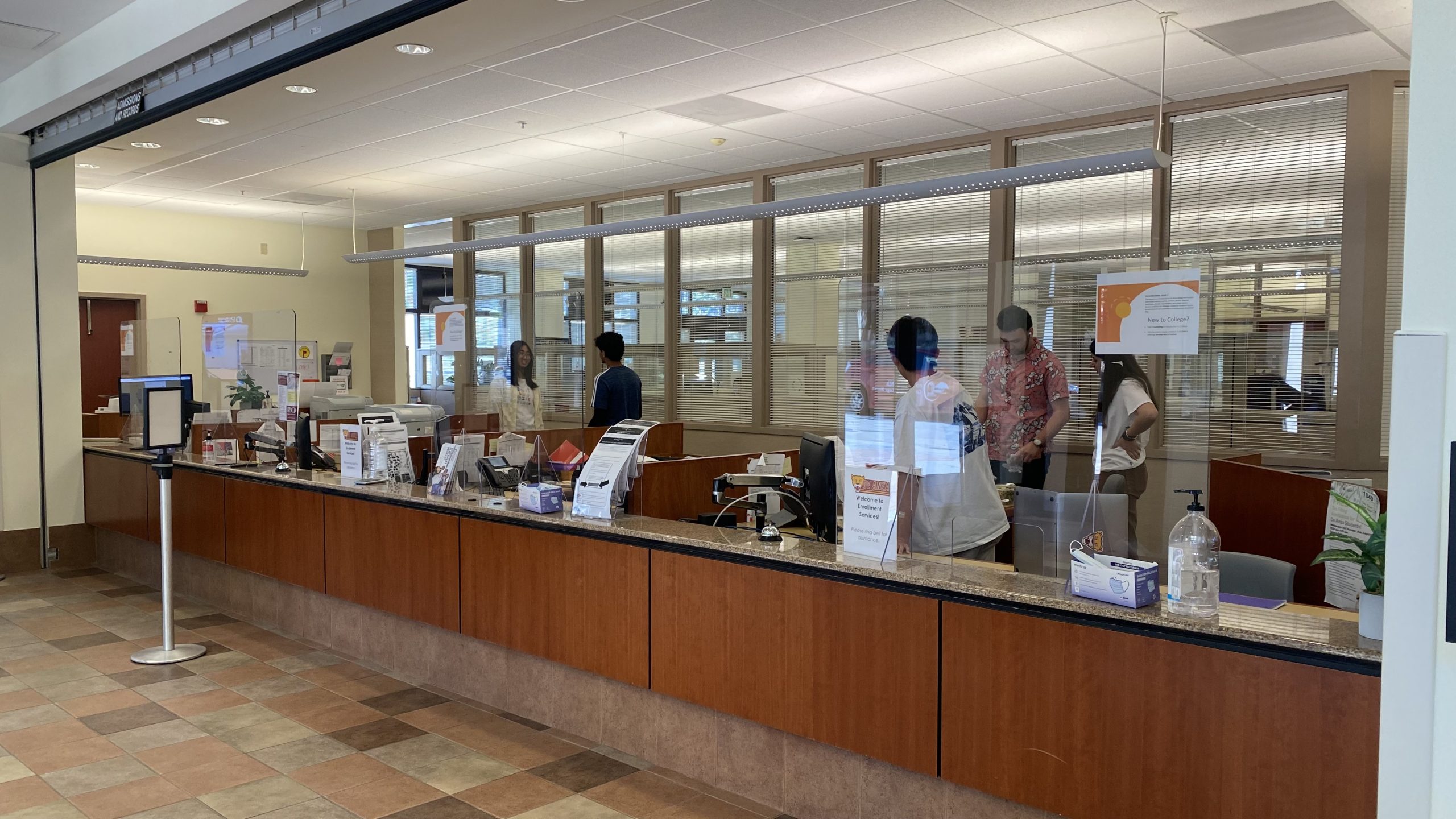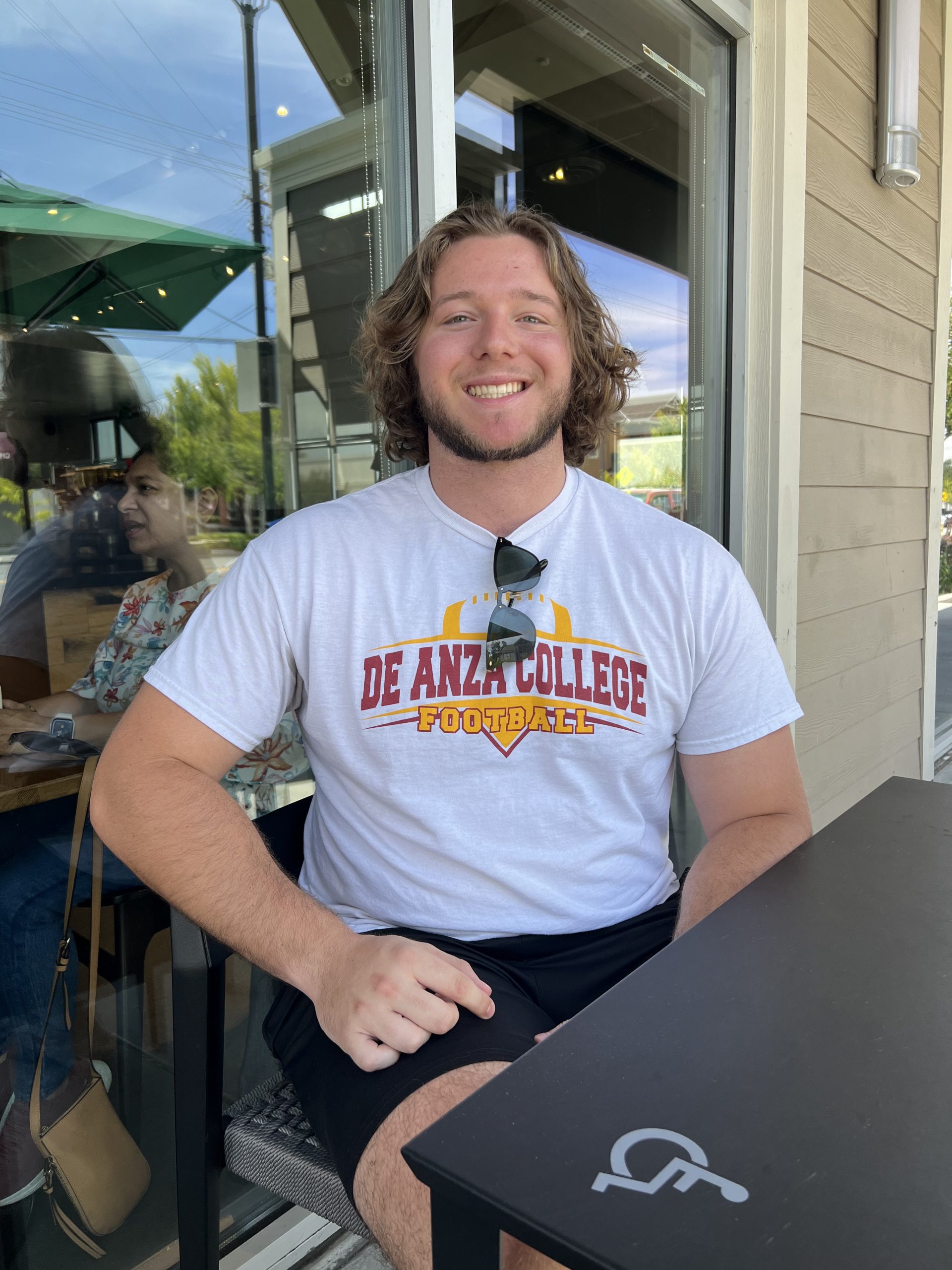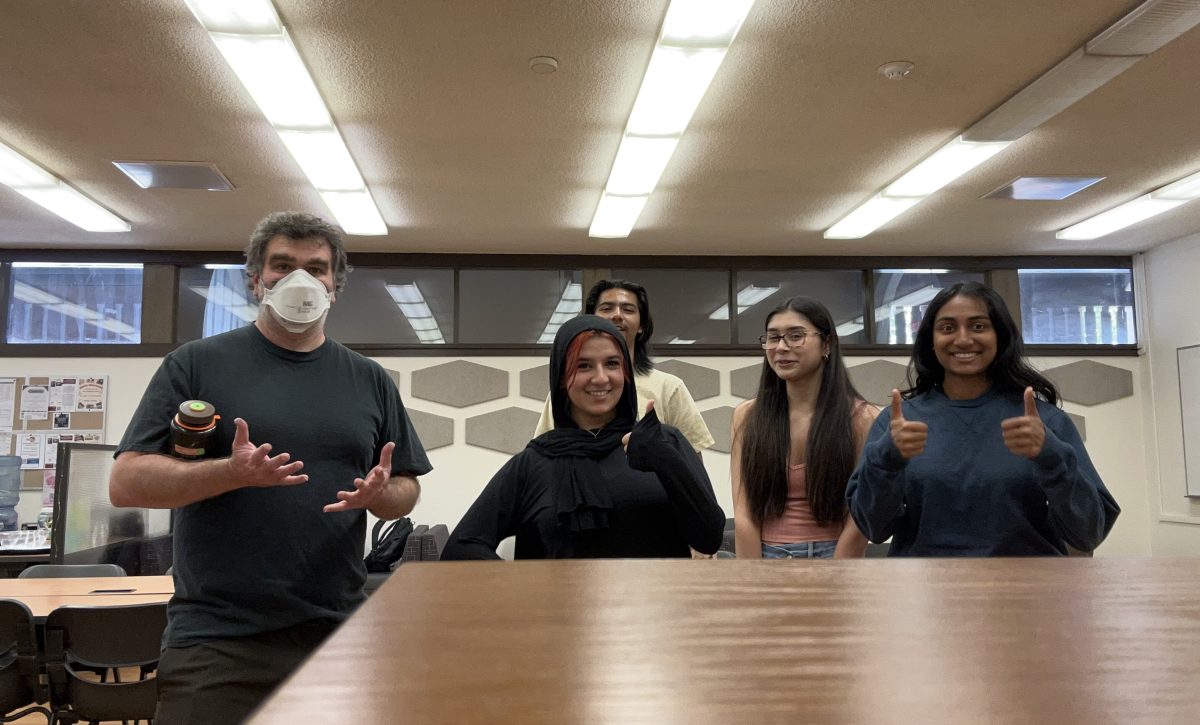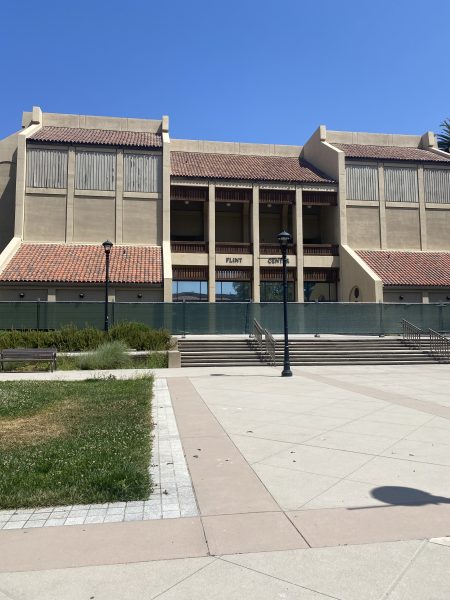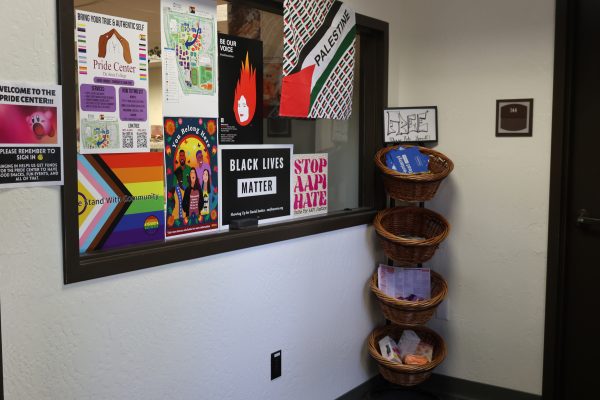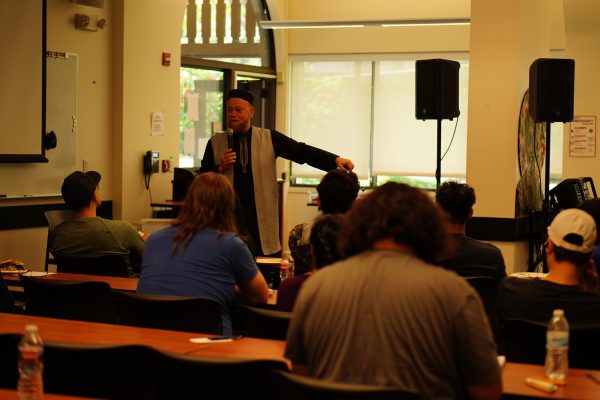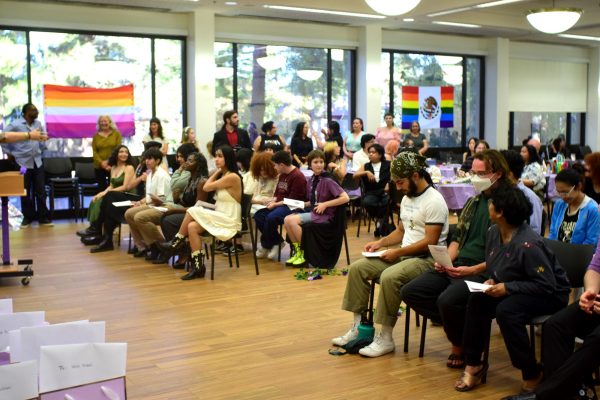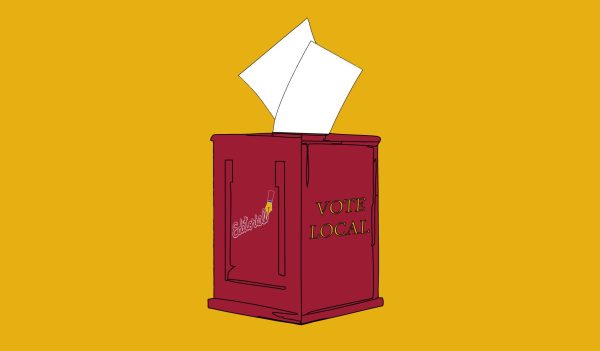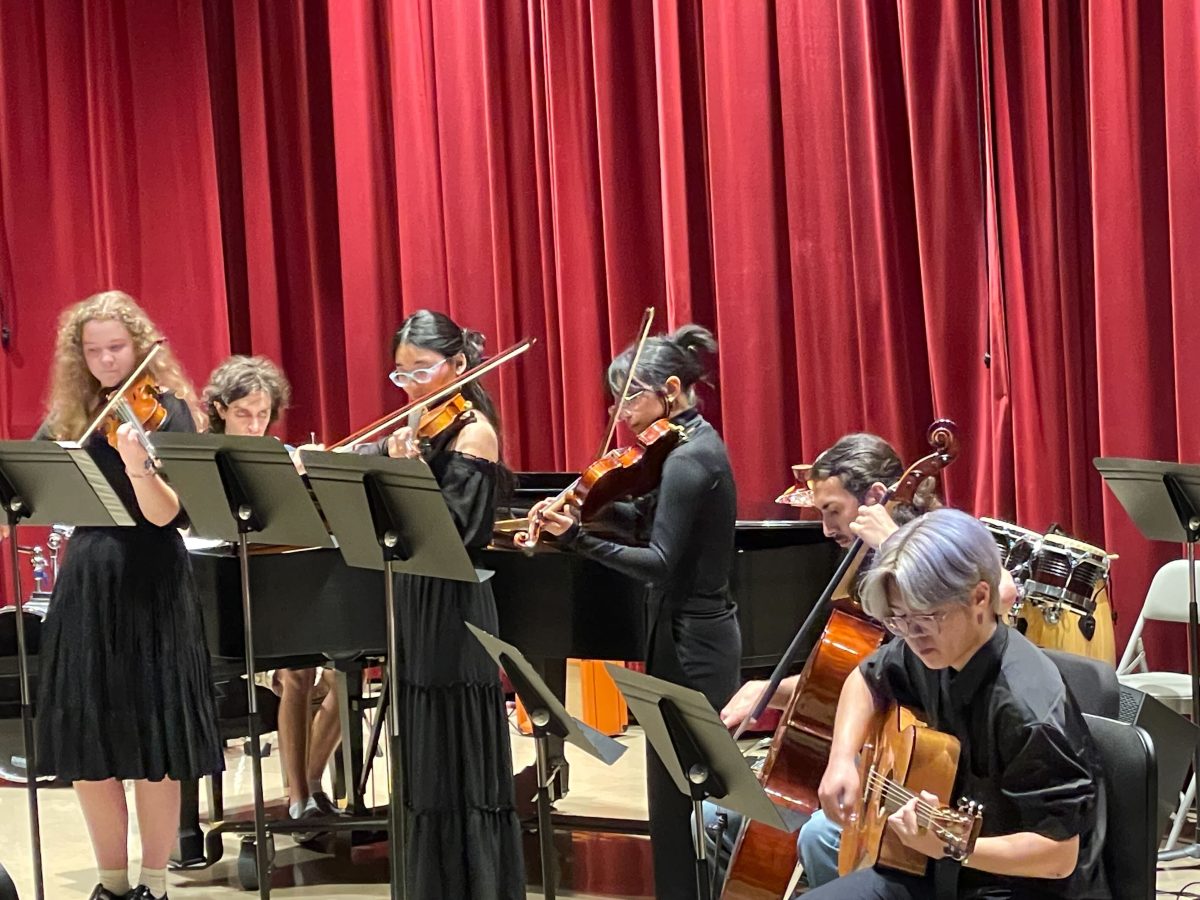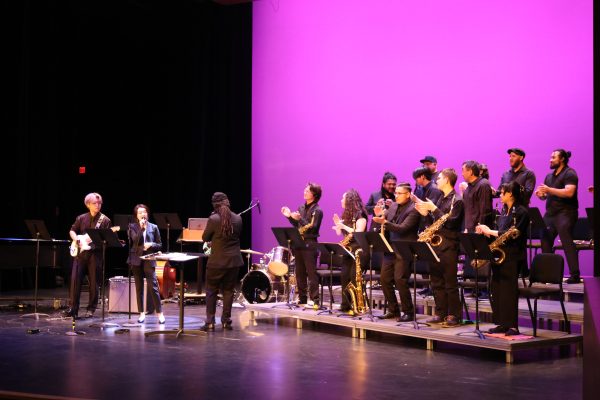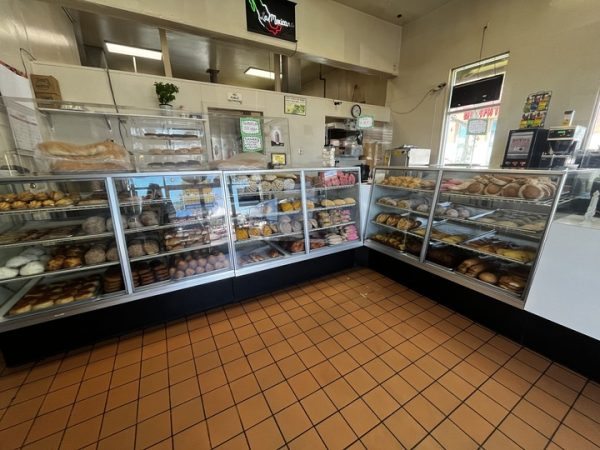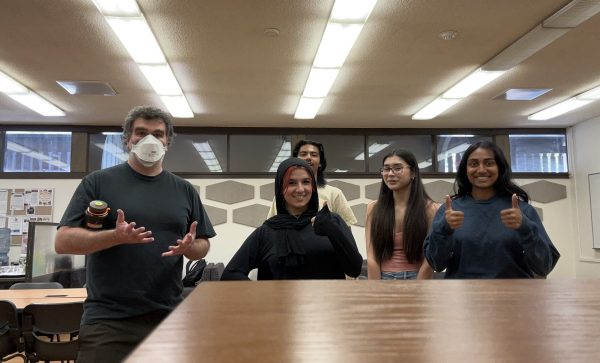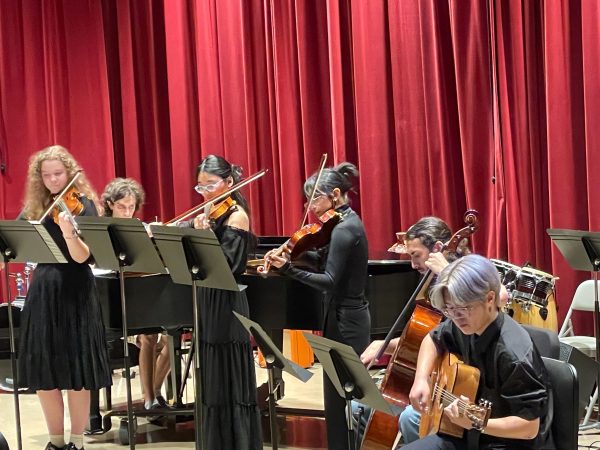Foothill-De Anza adopts a new redistricted map, with Cupertino and Sunnyvale up for elections first in November
The current five-person Foothill-De Anza Community College board of trustees discussing adopting a newly redistricted map on Feb. 14.
February 15, 2022
Feb. 14 — After three years of laying the groundwork for such a change, the Foothill-De Anza Community College District’s board of trustees adopted a new map which will see its governing territory divided into five distinct areas. By 2024, each of those will eventually have their own elected representative that is an actual resident of their designated area.

Before this change, the five-person board had elected members “at-large,” meaning they could live anywhere within the district’s boundaries and still serve, so long as they won their seat in an entire district wide vote.
Monday’s 4-1 vote puts a definitive end to an era that stretches all the way back to when the board was first founded in 1957. And despite some acrimonious debate in the final hour of the public hearing where trustee Gilbert Wong was the only dissenting voice, the board also adopted a sequencing of future elections that puts the two seats representing Cupertino and Sunnyvale up for vote first in the Nov. 2022.
The other three remaining board members will serve out the rest of their terms (with the latest incumbent term ending in 2024) until their seats are eventually replaced too.
With the help of Sacramento based company Redistricting Partners, which Foothill-De Anza hired to oversee the entire process from advising on public input to drawing and analyzing proposed scenarios, the board eventually settled on a map that prioritized maintaining as many existing city boundaries as possible.
In addition to that, California State voting laws and requirements outlined and agreed upon during previous public testimony also mandated that the new areas have roughly equal population size, be geographically continuous and are not drawn in a manner that is to protect incumbents (i.e. gerrymandering).
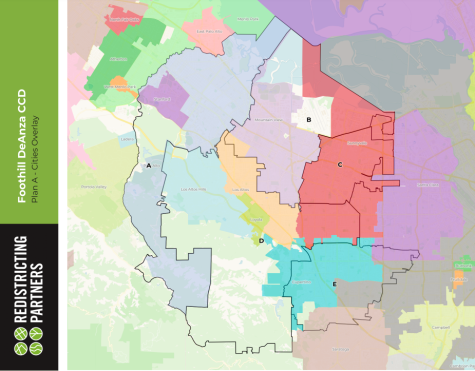
Despite saying that voters would recognize their existing city boundaries more, and thus be more likely to participate in elections, the board adopted a map that does ostensibly cut the city of Sunnyvale into three parts in order to make said requirements work.
This is because the Foothill-De Anza Community College district encompasses the cities of Cupertino, Sunnyvale, Mountain View, Los Altos and Palo Alto. According to the latest 2020 census, the total population of the area is approximately 450,000, so each trustee would only be able to represent about 90,000 constituents give or take a single digit deviation percentage.
The new map immediately throws the existing board membership into question, which for decades has operated without area-specific mandates.
In the upcoming summer alone, longtime trustee Pearl Cheng (appointed in 2008) and newly elected President Patrick Ahrens (elected in 2018) will have to decide on their political futures soon. Both are residents of Cupertino and would theoretically have to run against each other if they were to stay in the city and want to continue serving.
Despite the uncertainty ahead of her, trustee Cheng offered a measured response.
“It’s not about me,” Cheng said. “This allows us to look far and deep within our district (for new leaders) and I think that is a good thing.”
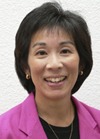
“None of us really just jumped into elected office,” she added. “You start because you have a value system that puts you somewhere to slowly work on behalf of a community and the future. Then when it’s right, you’re tapped or asked by fellow colleagues in the community to run for office.”
“That’s on all of us. Not just those of us here in this room.”
If Cheng is thought of as a well established insider, then Ahrens on the other hand, is a newcomer at the age of 31, also the only millennial on the board. Albeit a newcomer with roots.
Before he was elected to his first term in 2018, Ahrens was a student at De Anza College and said that his current housing situation as a renter could have some influence on his future.
“I haven’t made a decision yet on whether I’m going to run for re-election,” Ahrens said. “That’ll depend on a number of factors, plus, I’ll have to go back and have conversations with my neighbors and community leaders in the area.”
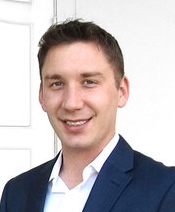
“I’m happy with how this process turned out.”
The change to area elections was in large part spurred by a potential lawsuit in 2019 which accused the community college district of having violated state law which banned at-large systems under the pretext that such systems impair certain groups of people from electing candidates of their choice.
Trustee and Vice President Laura Casas is the longest serving member of the board, having been re-elected three times, and also the only person of Latinx/Hispanic heritage. Although she is a supporter of the impending change, her background also gives her a unique perspective on whether or not this move will have its intended effect.
“Ten years ago, we had three trustees from Palo Alto and nobody from Cupertino; now it’s the other way around,” Casas said. “Who knows with the way the population is changing, that we may not even have a ‘Latino district’ in the future. There’s been so many Latinos leaving the area because of the housing prices that our population has dwindled.”
There are also no rules precluding any existing board members from running for an open area seat where they are eligible. A public commenter raised an idea about potentially implementing term limits, but Casas doesn’t think that would be a good idea.
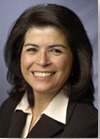
“I think this board benefits from having members with institutional expertise,” she added. “There’s so much information about legislation, accounting and how community colleges and unions work that it’d be hard to manage effectively with people stepping in and out of office.”
Her younger colleague struck a different but conciliatory tone.
“Yes, it can’t just be about terming people out.” Ahrens said. “But we all need to do a better job of mentoring and encouraging young people to run for office. They deserve a seat at this table as much as anyone else.”
With the business of redistricting now somewhat behind them, the new board will turn their attention to massive projects already underway: how to spend and allocate an $898 million dollar taxpayer bond commonly known as “Measure G,” raising money for a foundation aimed at alleviating costs for students’ basic needs, and the return of students and faculty to in-person learning.
A more detailed breakdown of the new district areas can be found here.
More information about trustee area elections can be found here.
Editorial Update (Feb. 18) — a previous version of this article mistakenly attributed Redistricting Partners with collecting public input for the district and stated that elections would happen in the summer when they actually take place in Nov. 2022.



